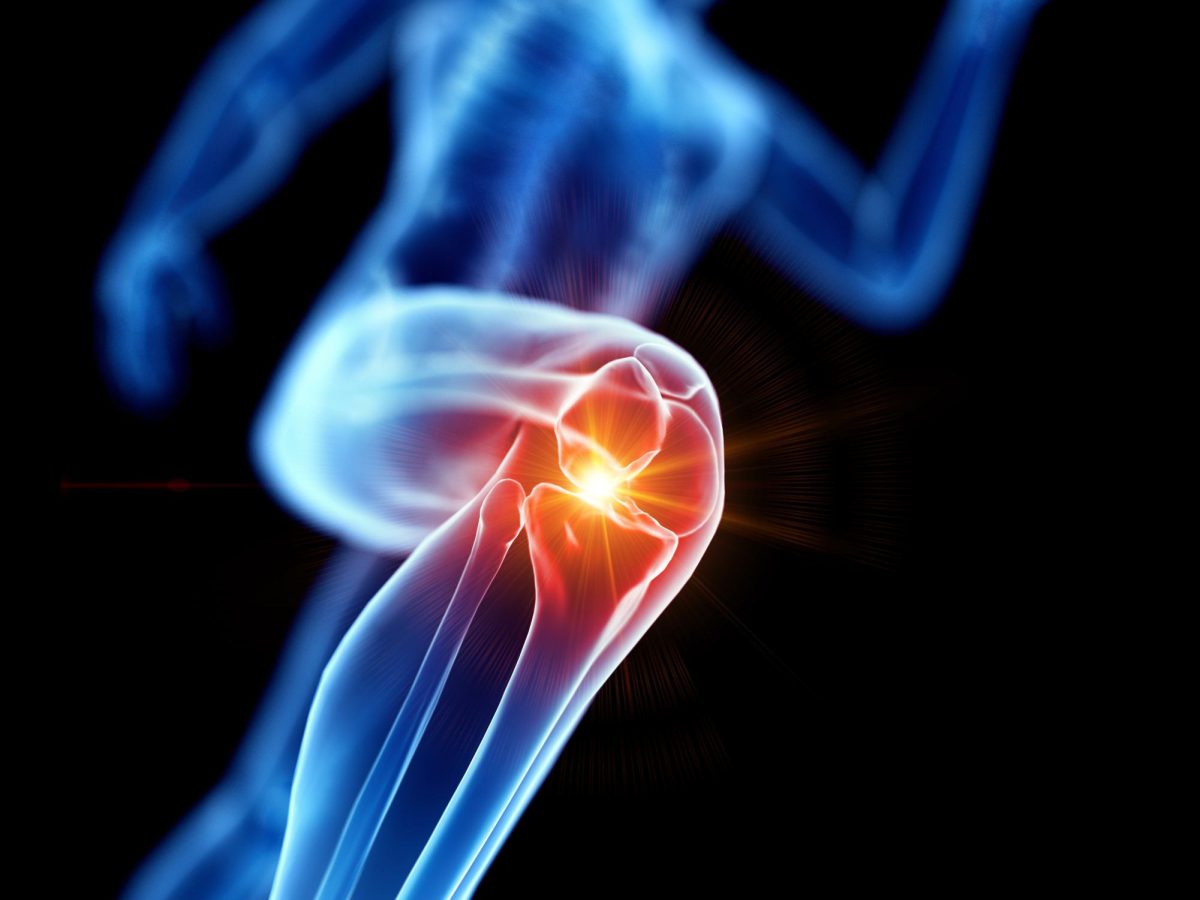Anterior cruciate ligament injuries remain one of the most common and devastating conditions in sports, often requiring surgery and extensive rehabilitation. Traditional approaches to prevention and treatment rely on clinical examination, imaging and surgical expertise, but recent advances in artificial intelligence are beginning to change this landscape.
In a recent study published in Healthcare, Pedoia and colleagues investigated whether AI could identify athletes at greater risk of ACL injury before an actual tear occurs. The researchers used 3D MRI scans to examine slight differences in the tibia and femur. The shinbone and thighbone meet at the knee and connect with the ACL. The study found that certain minor differences, which are hard to see with traditional imaging, were linked to a higher risk of ACL injury.
By teaching an AI system to spot these patterns, Pedoia and colleagues found it could judge injury risk more accurately than the human eye alone. The practical implication is significant because clinicians may soon be able to identify athletes predisposed to ACL injury and intervene proactively through targeted training or load management, rather than waiting until an injury has occurred.
This work reflects a broader movement in sports medicine toward predictive and personalized care. Historically, ACL injuries have been addressed only after diagnosis, often requiring surgical reconstruction and prolonged rehabilitation. This study suggests that AI tools can study detailed medical images and estimate injury risk beforehand, allowing doctors to prevent problems earlier. Furthermore, the methodology Pedoia and fellow researchers tested builds on the strengths of MRI, which remains the gold standard for assessing soft tissue and joint structures.
While the findings are promising, several challenges remain. Using AI in medicine raises concerns about whether the data is reliable, whether the results are fair and whether this technique works well for all athletes. It is also important to consider ethics, such as protecting patient privacy and avoiding misuse of predictive information. The study highlights the need for careful regulation to ensure that AI enhances, rather than replaces, clinical judgment.
The study by Pedoia and his colleagues demonstrates how AI can detect structural risk factors for ACL injury with a precision not previously possible. As these technologies improve, they could shift ACL care from reactive to proactive, leading to safer strategies and better results for athletes.















